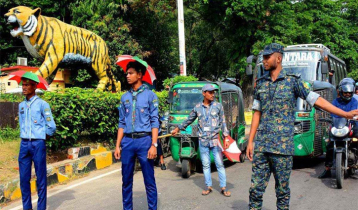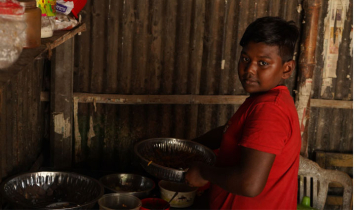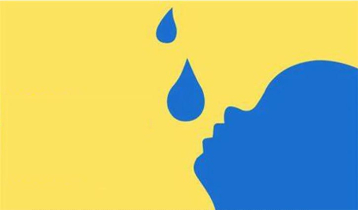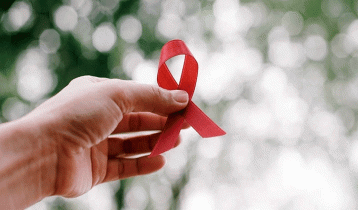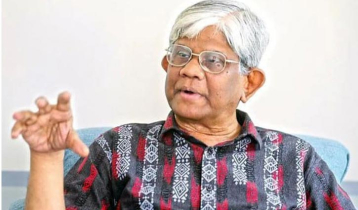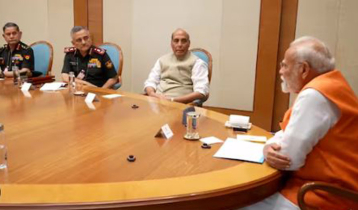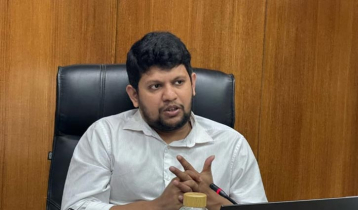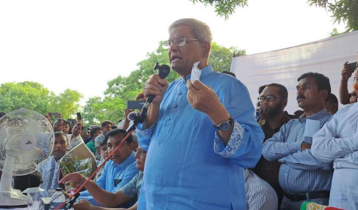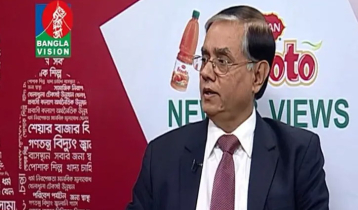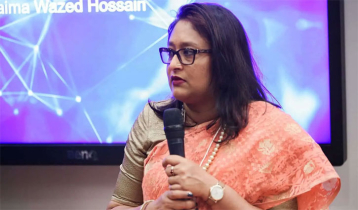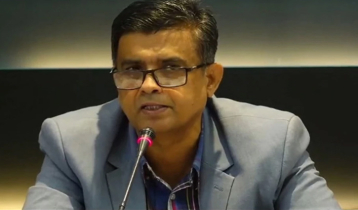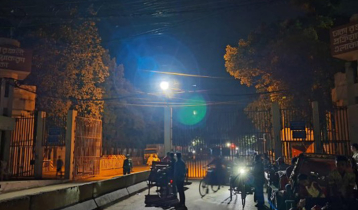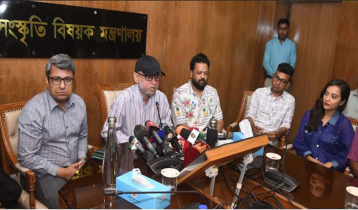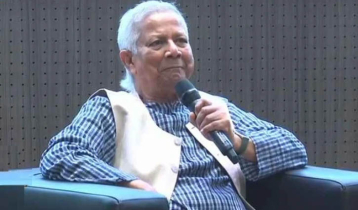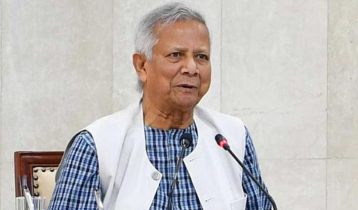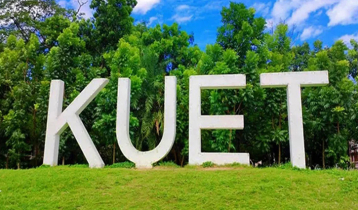Is it possible to recover eco-balance in south-western region?
Manzurul Alam Mukul || risingbd.com
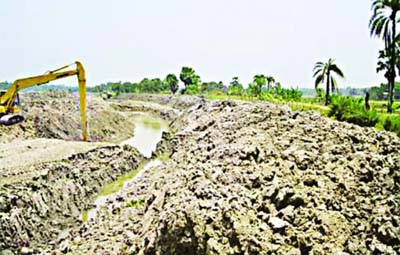
By visiting the south-western parts of the country just 30 years ago or it`s before, one could watch a special natural system and lifestyle, but those are far difference at present. There were many special organisms and features in the region. One could watch rivers, canals, beels, boats, mangrove trees, shrubs, birds and many more. People and many kinds of living things were in the circle of nature. There was an excellent ecosystem and a food chain relationship which used to play an imperative role in ecological balance of the nature. But all of those have been lost as the eco-balance has been disturbed due to some natural reasons and man-made causes.
It is mentionable that the southwestern part of Bangladesh is constituted of waters of the innumerable rivers and its distributors, which end up in the saline water of the Bay of Bengal. The Sundarbans, one of the largest bio-diversity-rich mangrove forests in the world, is located in the region. So any one can say it is a region of great bio-diversity. Once the region was rich for agriculture products, fish and other resources but the time has gone.
Recently, the region has become the most-disaster-prone area in Bangladesh and very vulnerable to the effect of climate change. Sea level rise, repeated waterlogging, cyclones, tidal surges, floods, etc are now common in this part and all of this have contributed to the difficulties of the daily life in the region.
Specially, people in the southwestern part of Bangladesh have fallen into the wrath of rivers. Kapotakkha, Betna, Shalta, Morichhap, etc once were mightily and would brings blessings to people and lifeline of southwestern region, but the rivers are now posing a formidable threat to people. Most of the rivers in the region have lost their navigability due to deposition of silt over the years turning them into narrowed streams that spill out rain waters and upstream flow creating flash floods and waterlogging and putting lakhs of people on both sides of rivers under untold sufferings every year. The rivers are not only depriving the people of their peaceful living but also polluting environment and creating health hazards in the areas.
Water experts see two reasons behind the death of rivers in the country’s southwestern part. Firstly, the rivers and its tributaries in the region were connected to the River Padma and some other rivers of West Bengal of India. But most of the rivers are now disconnected from their sources. Rivers in the region are being deprived of upstream flow of water as India is withdrawing water through construction of Farakka Barrage and some other barrages and dams in West Bengal. Due to lack of upstream water the rivers have lost mighty, deposing silt on their beds.
Secondly, construction of unplanned dams, embankments and establishments on the rivers and its sides that obstructed normal flow of rivers and its tributes. Specially, construction of dams and embankments under the Coastal Embankment Project that began in the 1960s in the name of ‘Green Revolution’.
The initiative was able to protect lands in the sides of rivers from salinity, up-surging and erosion, but the normal flow of rivers were stopped as rivers were encouraged in a limited area. Earlier, silt would spread on the sides of rivers during tide depositing on the banks that would create fertility. But the dams and embankments obstructed spreading silt rather than depositing it on the river beds. In many places the river beds have become higher than the wetlands in the surrounding basins.
Similar projects implemented in the 1980s and 1990s, like Khulna-Jessore Drainage Rehabilitation Project (KJDRP) have also worsened the situation. As a result most of the rivers in the region are to die and some of them have already died. If the situation continuous water experts have predicted that there would remain no river to Sundarbans in future.
The incessant heavy down pours of the rainy season causes flooding in the region. This water cannot be drained because of rising sea levels and lack of rivers, leaving vast areas water logged. Each year more than 1,44,521 hectares of land goes under water for six to eight months. It is estimated that each year ten to twelve thousand hectares of land is becoming permanently waterlogged and the rate is rapidly increasing.
In 2011, tide and incessant rains sparked by strong monsoon coupled with onrush of water from upstream caused Kapotakkha, Betna and other rivers swell abnormally, triggering floods in Satkhira, Khulna and Jessore districts. But the floodwater came down very slowly to the bay and floodwater created waterlogging problem falling lakhs of people into untold sufferings. All most the same kind of situation is happening every year.
But, there arises a question over the proper implementation of long awaited Kapotakkha Project to resolve waterlogging problem in the river basin. It can be here mentioned that the four-party alliance government took an initiative for a project (Kapotakkha Project) in a bid to resolve permanently waterlogging problem in the Kapotakkha basin. As per continuation of the initiative the caretaker government led by Dr. Fakhruddin Ahmed took a project of Tk 140 crore. As per commitment of Prime Minister Sheikh Hasina the project was rearranged through increasing the project expenditure to Tk 261 crore and it was included in the annual development program (ADP) in the financial year of 2010-11.
According to Bangladesh Water Development Board, under the Kapotakkha Project the government allocated Tk 61 crore for the 2013-14 and 2014-15 fiscals to dig 21.250 kms of the river.
But experts and local people are not satisfied at the digging works, and they see it as wastage and misappropriate of government money only.
Local experts allege that avoiding the main Kapotakkha Project, in different times, the government is allocating some grant money to conduct some digging and silt removing works in the region. This kind of partial initiative will not help resolve waterlogging problem in the area.
Some local people also raise a question about the digging and silt removing works, mentioning that mud and silt are being just shown digging to take money. The river will be filled up again within three or two years and we have to face sufferings as mud and silt are being kept on the river bed.
An expert says, according to the papers of Kapotakkha Project, there is no room to use excavators to dig the river, it must be done manually, but it is not followed in the recent works. Side-by-side the border of the river must be identified through recovering the occupied land, and the mud and silt must be kept at exact border, instead of river bed, according to project papers.
Due to waterlogging, large areas of land cannot be used for Amon production and for this reason farmers are to depend on high expensive and un-environmentally friendly Boro production. Because of the excessive well irrigation during Boro season, Arsenic contamination has now also become a major problem in the region.
According to data available, most of the people in the region live below upper poverty line and are far from achieving the Millennium Development Goals (MDGs).
A recent survey of Bangladesh Bureau of Statistics (BBS) and World Bank, above 60 percent population of Satkhira district remains below upper poverty line. A survey also shows that Satkhira, Jessore and some other districts have been included in the top poor districts of Bangladesh where about 60 percent people live below upper poverty line.
Shrimp became a major export earning industry by the mid 1980s. Currently, Bangladesh produces 2.5 percent of the global production of shrimp. Initially, shrimp farming was conducted in the coastal areas, but shrimp cultivation is expanding to other fresh areas so fast due to present environment.
There is an allegation that fresh agri-land is being brought under shrimp cultivation entering saline water or creating artificial salinity that is causing environment degradation and damaging fertility of land.
The environmentally unfriendly shrimp production is reducing diversify and quantity of agriculture production pushing vulnerable people and small farmers further on the verge of extreme suffering and abject poverty.
Side-by-side lack of knowledge for shrimp production in scientific way, breaking out of virus and other diseases, high price of fish fry and foods, lack of proper support from the government, available loan facility, manipulation of middlemen, less production per hectare, low price in international market, image crisis in foreign countries etc have fallen the shrimp cultivators into difficulties. In recent years, shrimp cultivators are not being able to make profit rather than many of them have become utterly ruined.
In the circumstance, experts opine the government should give a proper attention to the region to resolve the crisis. There are many examples in the world that many water management projects have been implemented properly. So, if any research-based project is implemented properly, it is possible to save lakhs of people in the region.
risingbd/March 31, 2015/Mukul
risingbd.com

